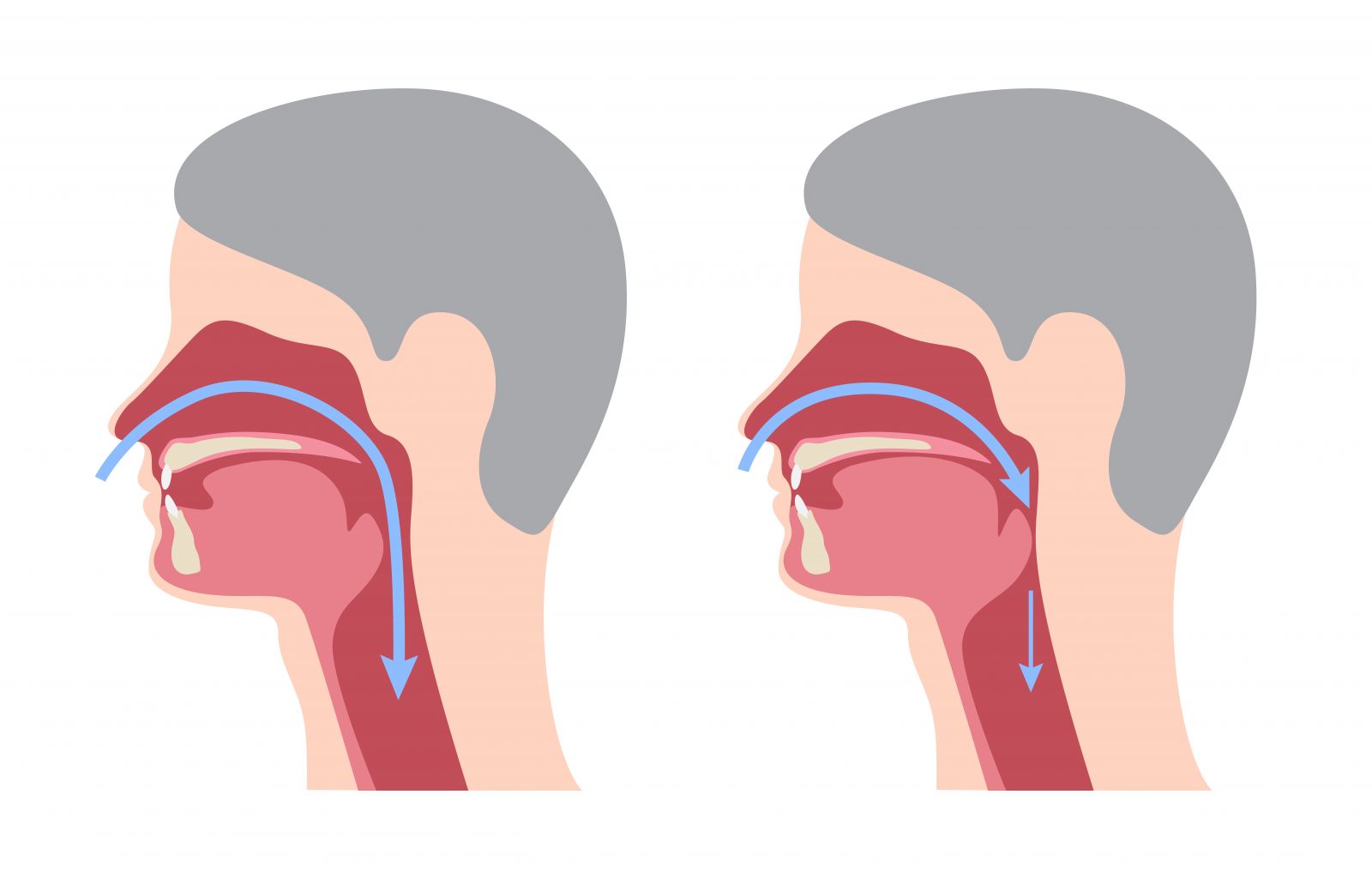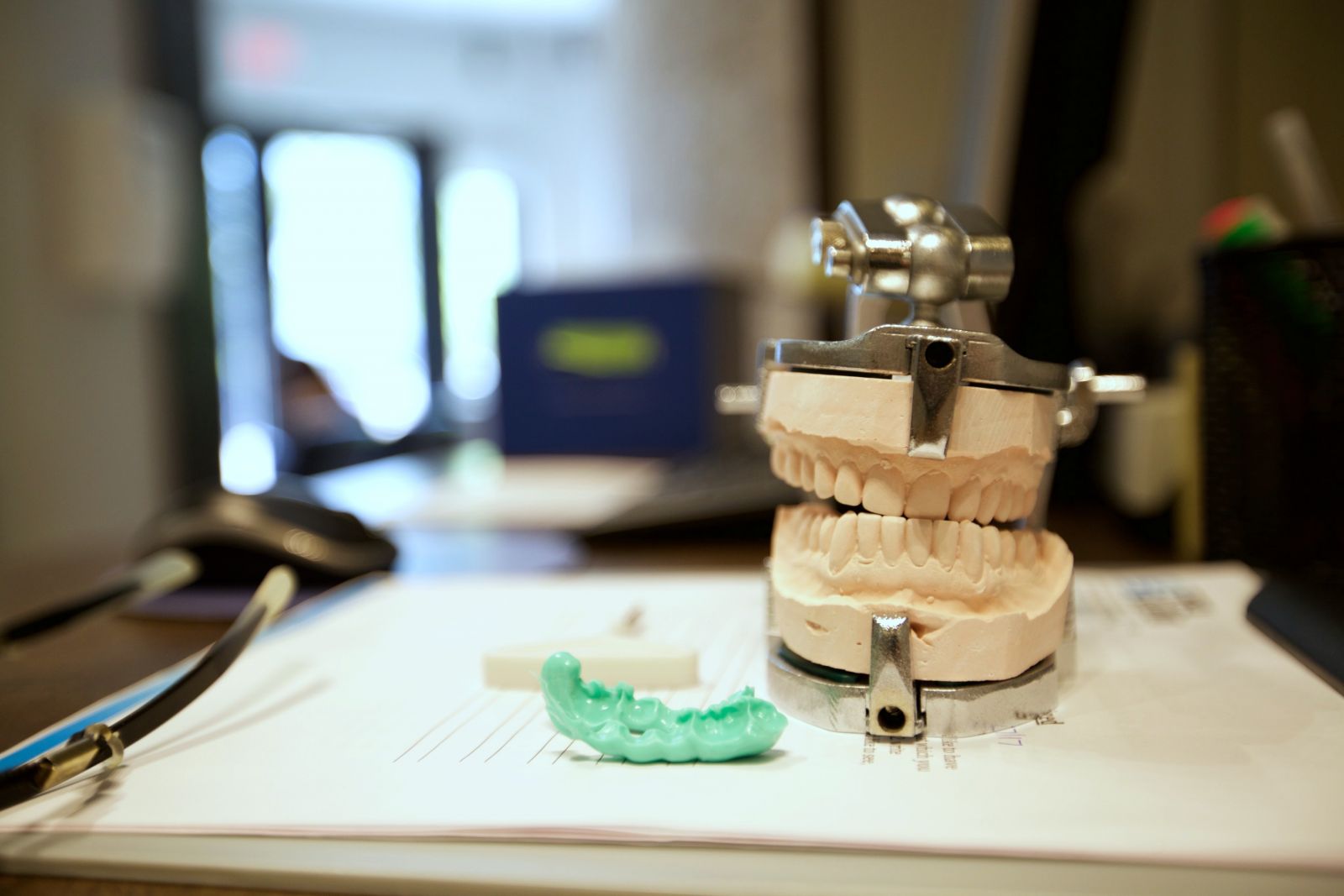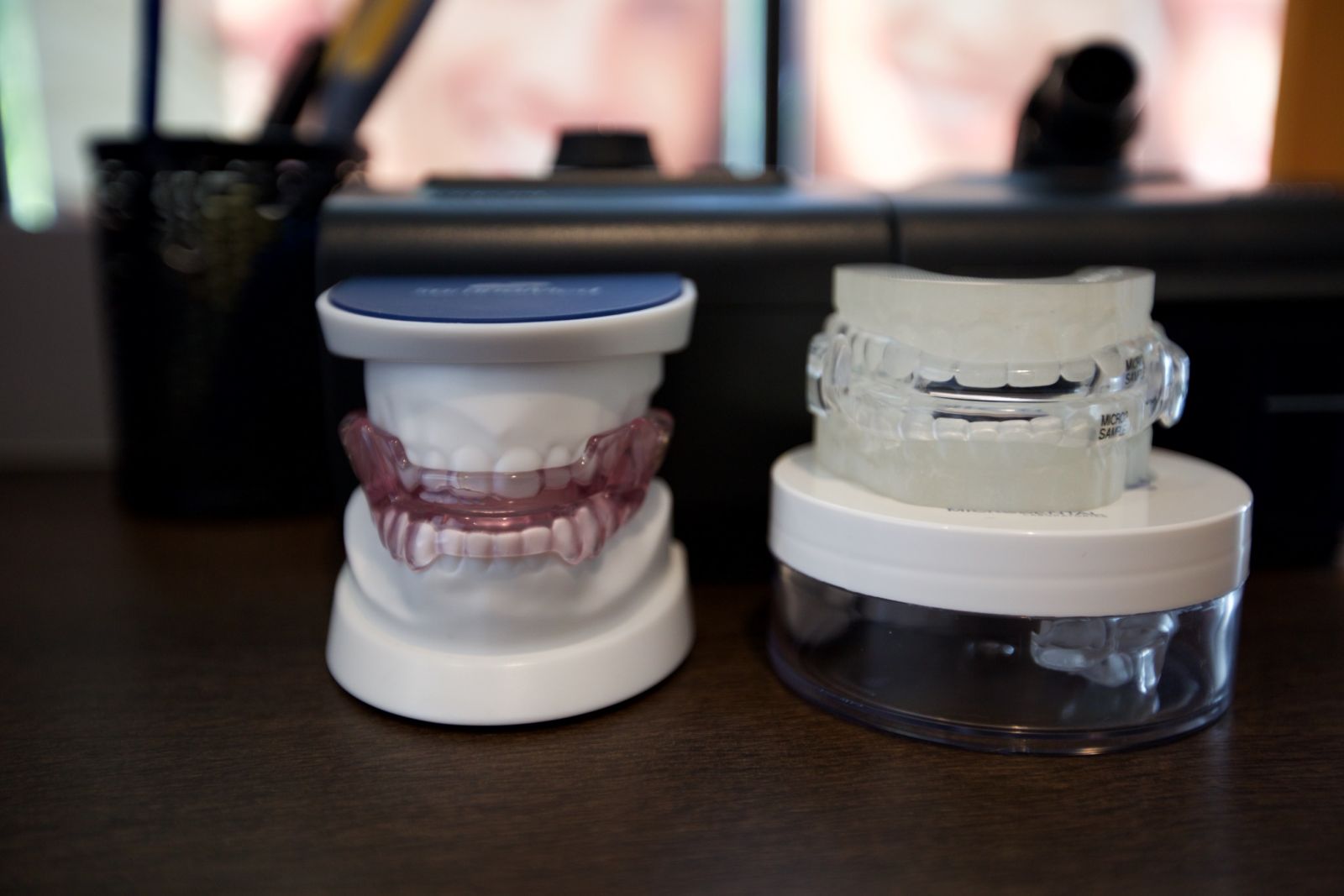PHONE US: (778) 484 1484

The Relationship Between TMJ Disorders and Sleep Disorders
July 17, 2019
Remember the childhood song that went “The head bone’s connected to the neck bone, the neck bone’s connected to the backbone…” and so on? The familiar tune was teaching us an important message from a young age — that everything in our bodies is connected, and oral health is no exception.
Your oral health is a part of your overall health. It turns out that TMJ disorders and sleep breathing disorders, like sleep apnea, are related as well. To understand their connection we must first recall what each of these is.
What is sleep apnea?
Sleep apnea is a breathing disorder occurring at night where a person literally stops breathing and then restarts again — talk about restless! The most common variety of sleep apnea is obstructive sleep apnea. This occurs based on a variety and combination of conditions including retruded tongue position, enlarged tonsils, excess body weight, enlarged or relaxed throat muscles, a small mouth, and more.

Sleep apnea often leads to poor sleep quality, which means that your body isn’t getting enough rest each night. If this happens consistently, your overall health and quality of life may decline because your body is never fully recovering.
Some signs that you may have sleep apnea include loud snoring, waking up choking or gasping, low energy during the day, headaches in the morning, forgetfulness, and mood swings. Physically, signs may include a small lower jaw with crowded teeth, a scalloped lateral border (side) of your tongue, or a mouth breathing habit. While you might not notice some of these, whomever you sleep next to may.
What is temporomandibular disorder (TMD) — disorder of the TMJ’s?
The temporomandibular joints are located on either side of your jaw right in front of your ears. When they are damaged or misaligned, it can lead to a wide range of problems and health concerns — collectively, these are referred to as TMD.
The TMJ’s are unique in the body as both jaw joints are connected and move at the same time. Every other body joint can move independently. The TMJ’s are also the only joints in the body that have a hard end stop – this means they stop moving when the teeth come together. Every other joint can be moved over an infinite range, until eventually they break – not the TMJ’s.

Why is this relevant? The fit of the teeth determine what happens in the jaw joints. If teeth are misaligned then it is very likely that your jaw joints will be misaligned, putting them at risk for increased wear and tear and dysfunction. The muscles that move the jaw will therefore be under strain and stress, potentially leading to pain.
Signs of TMD include jaw joint noises, jaw locking/clicking/popping, jaw pain, facial pain, worn teeth, some gum and bone loss, hearing issues (full ears, ringing in the ears), and headaches.
How do sleep apnea and TMD relate?
Science tells us that the crossover between people who have TMD and people who have sleep apnea is right around 80%. That means that 4/5 people who have one condition will have the other one as well. That’s a high number!
The reason is simple — a small mouth that doesn’t fit everything correctly will put stress on the airway, making breathing difficult and straining the muscles and the function. This leads to both sleep apnea and TMD.
How does it happen? If one has trouble breathing at anytime, including the night, they will tend toward mouth breathing, which starts having an impact right from the early days of life as a baby and a toddler. When frequent mouth breathing occurs, the tongue adopts an incorrect posture between the teeth and the facial muscles begin to push in on the dental arches and teeth.

This creates crowding, misaligned teeth, and an environment that is generally too small for the tongue. This developing misalignment and dysfunction then leads to TMD. What should be the normal development of the mouth and jaws – think big broad beautiful smile, comfortable muscles, no clenching or grinding, and no jaw joint noises – becomes compromised, making night time breathing even more difficult.
What treatment options are available for sleep apnea and TMD?
Finding a dentist who has a holistic approach to dental care as part of your overall health is your best option for treating sleep apnea and TMJ disorders. While there are some home remedies, it’s imperative that you involve appropriate healthcare providers so that you can fully appreciate the nuances of your condition. They are best equipped to formulate an effective treatment plan.
At Kelowna Dental Solutions, we have a passion for treating sleep apnea and TMJ disorders. We have extensive training dedicated to both areas of practice and can help give you the appropriate advice that you need to treat your TMJ disorder and find the best dental devices, CPAP masks, and lifestyle changes to treat your sleep apnea.

Both sleep apnea and TMJ disorders are serious conditions that require proper diagnosis and treatment. Once you have been diagnosed and have an understanding of your condition and the way they relate to your overall health, you will be best able to make decisions about the care you require.
We advocate that you follow the treatment recommended to you by your healthcare provider(s) to get back to living your best life. For more information or any inquiries, contact us today.
Taking the Pressure Off Blood PressureNovember 15, 2022
When was the last time you had your blood pressure checked? Here at Kelowna Dental Solutions, we pride ourselves on providing the highest level of care for our patients. To achi...
Read MoreWord of the Day: Waterpik!September 27, 2022
If you are a patient here at Kelowna Dental Solutions, you have probably heard the word “Waterpik” more than once. Why might you ask? Well, as oral health profession...
Read MoreCaring for Orthodontic Braces from a Hygienist Mom’s perspectiveJune 14, 2022
So, you are entering the wonderful world of orthodontics for yourself or a loved one and like many other adults, we stress about the homecare aspect of orthodontics. As a hygien...
Read More